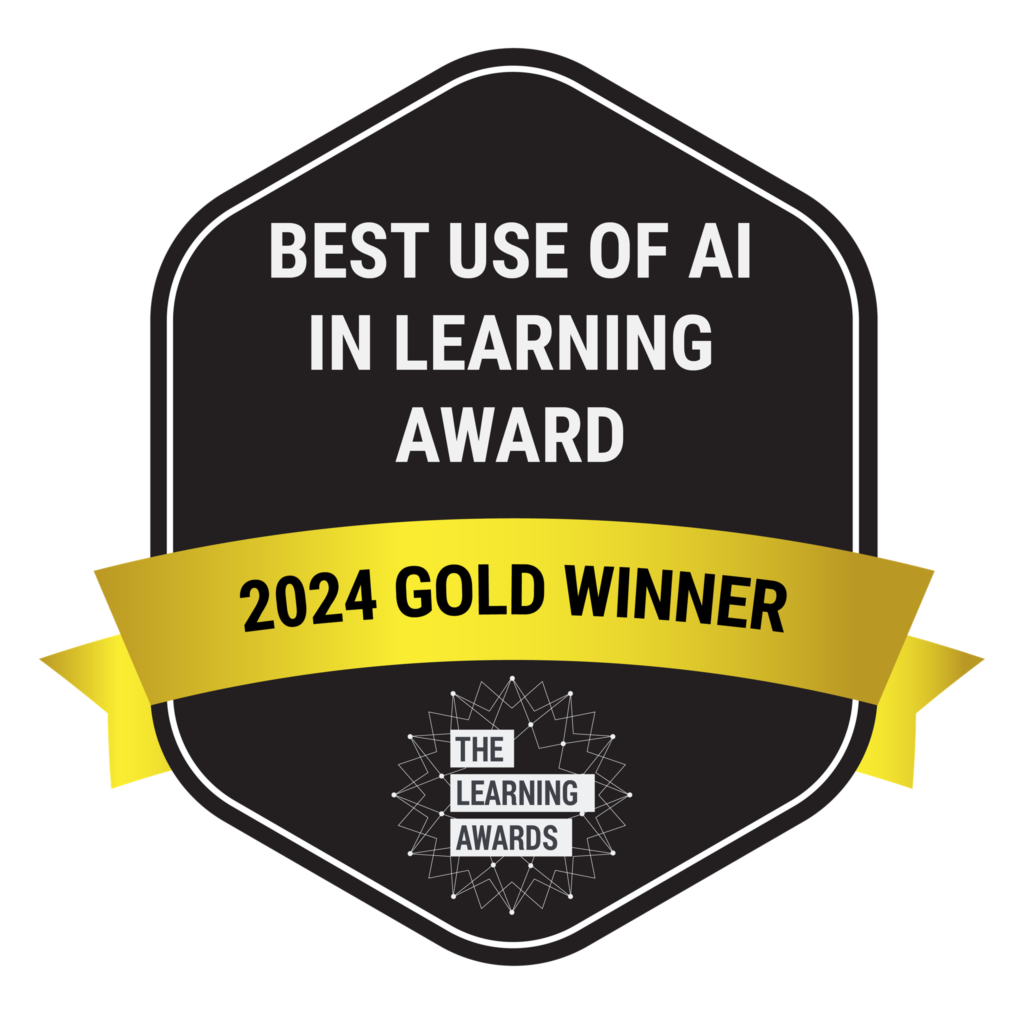Welcome to part one of a two-part series where we look at where L&D is now and where it’s heading in 2023.
2022 was the year in which much of the world slowly emerged from COVID-19 restrictions, faced up to the reality of war in Europe and discovered that inflation is back in a big way. Few organisations were unaffected by these significant developments: the easing of social distancing brought more employees back into the office; war affected supply chains, input costs and margins; inflation led customers to tighten their budgets.
Amidst this upheaval, learning and development have taken centre stage in the drive to increase efficiency and accelerate growth in uncertain times.
Here are our five enterprise L&D lessons from 2022:
1. Adapting L&D to hybrid work environments
L&D has had to adapt to hybrid working models, making increasing use of digital tools and video-based learning to do so. Remote synchronous learning sessions are now very often preferable to in-person seminars. Learning leaders and HR departments have ensured that employees and trainers have up-to-date tech skills to make the most of remote collaboration tools. Additional training has been required to enable effective communication between remote and in-office employees, along with updated learning material that takes account of the new work environment. Soft skills training has also been essential since feelings of isolation and low trust can be common among remote workers. Teamwork exercises and stress management guidance are now part of the hybrid working model.
2. Employee expectations for personal and professional development have increased significantly
Employees no longer expect to merely sign a contract to deliver their work and collect a salary. Instead, they expect to be given effective training, enjoy ongoing learning and to have moved up at least one level within two years, either in the same organisation or a new one.
These increased expectations for professional as well as personal development pose significant challenges for HR departments and learning leaders because staff attrition is often directly linked to a lack of learning and development opportunities. Employees who are denied such opportunities are likely to move on, leading to higher recruitment costs, loss in productivity, and low morale due to staff churn. Job interviewees are more likely than ever to probe deeply into an organisation’s approach and culture in this regard.
3. Coping with content overload
Many organisations began 2022 with a clear roadmap to improve their L&D strategies while continuing to build on the experiences from previous years. Many are ending 2022 with the realisation that experience platforms, content libraries and social learning features remain underused.
Information overload, too many potential pathways and courses, and learners struggling to find the right information in the moment of need continue to be fundamental challenges for any learning leader. Organisations are struggling to keep content well organised and efficiently accessible, while at the same time struggling to keep up with ever-increasing demands around skills frameworks. Where engagement rates are low, true learning and performance improvements aren’t happening and on top of this, organisations are struggling to answer to the demand for return on investment and value to the business.
4. Truly adaptive learning is a key pillar of the L&D of the future
One size doesn’t fit all when it comes to learning. In fact, it never did, since no two employees are alike in their knowledge, skills, learning abilities or self-assessment awareness. Learning tools that adapt to each individual are no longer ‘a nice to have’! In a highly competitive and fast-moving environment, they are essential for developing and keeping up to date with the skills and competencies required.
In 2022, hand-crafted learning paths were on the way out, in favour of AI tools that map and deliver fully personalised learning journeys. These tools increase the effectiveness of learning, save time and resources, and allow for the measurement of learning impact.
5. Compliance is not enough
Enterprise L&D isn’t a box-ticking exercise for compliance, and c-suite leaders are waking up to this thought, and giving L&D a seat at the table. This comes with responsibility. L&D is becoming a key function in unlocking business efficiency, promoting good staff morale (including mental health), contributing to business growth and increasing market adaptability. Successful organisations realised in 2022 that they must foster a culture of learning in which every employee feels they have the resources they need to up-skill and re-skill. Learning is no longer separate from work, and it’s no longer an instance – it’s part of it, and it is ongoing.
Taking a broader perspective, the most important lesson from 2022 is the inescapable conclusion that effective L&D is essential to the survival of any enterprise. The ecosystems in which large organisations operate are in a constant state of change. If employees can’t keep up with that change, the whole organisation will suffer, and eventually, fail.
Those that hope that new hires and existing employees will keep their skills and knowledge up to date by themselves are becoming fewer. Some employees will, of course, but many won’t, and all staff will need good frameworks, as well as mentoring and guidance, in order to learn and develop.
2022 has made everyone, employers and employees alike, aware that cutting-edge knowledge and skills are vital to success, as the pace of change continues to increase.
In part two we will take a look at what awaits the enterprise L&D sector in 2023.
OBRIZUM is the AI learning technology & data analytics company for enterprise businesses.
We leverage automation, adaptability and analytics to deliver adaptive learning experiences at scale.
Find out how OBRIZUM can help unlock the potential of your business by speaking to our team.




